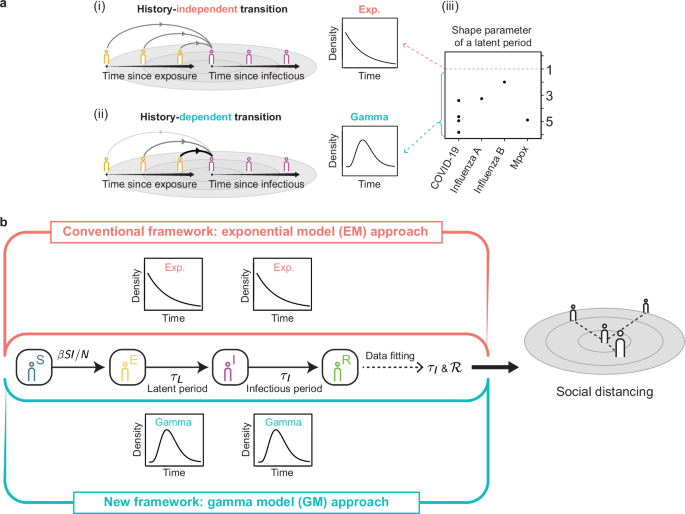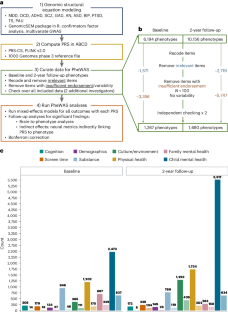2024-10-17 韓国基礎科学研究院(IBS)
<関連情報>
- https://www.ibs.re.kr/cop/bbs/BBSMSTR_000000000738/selectBoardArticle.do?nttId=25084&pageIndex=1&searchCnd=&searchWrd=
- https://www.nature.com/articles/s41467-024-53095-7
現実的な病歴依存の疾病伝播ダイナミクスを用いた疫学パラメータ推定におけるバイアスの克服 Overcoming bias in estimating epidemiological parameters with realistic history-dependent disease spread dynamics
Hyukpyo Hong,Eunjin Eom,Hyojung Lee,Sunhwa Choi,Boseung Choi & Jae Kyoung Kim
Nature Communications Published:09 October 2024
DOI:https://doi.org/10.1038/s41467-024-53095-7

Abstract
Epidemiological parameters such as the reproduction number, latent period, and infectious period provide crucial information about the spread of infectious diseases and directly inform intervention strategies. These parameters have generally been estimated by mathematical models that involve an unrealistic assumption of history-independent dynamics for simplicity. This assumes that the chance of becoming infectious during the latent period or recovering during the infectious period remains constant, whereas in reality, these chances vary over time. Here, we find that conventional approaches with this assumption cause serious bias in epidemiological parameter estimation. To address this bias, we developed a Bayesian inference method by adopting more realistic history-dependent disease dynamics. Our method more accurately and precisely estimates the reproduction number than the conventional approaches solely from confirmed cases data, which are easy to obtain through testing. It also revealed how the infectious period distribution changed throughout the COVID-19 pandemic during 2020 in South Korea. We also provide a user-friendly package, IONISE, that automates this method.


